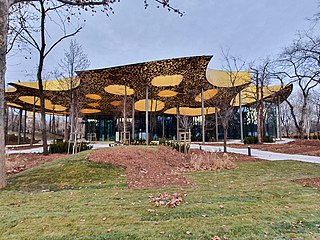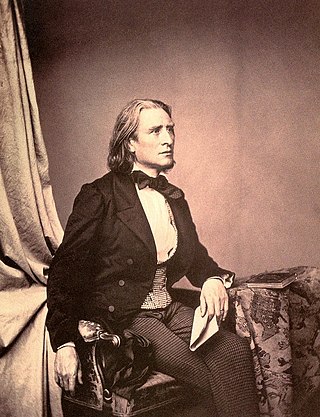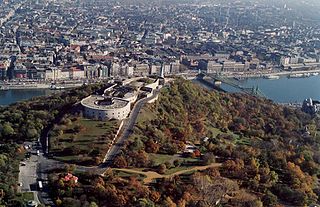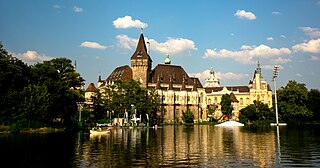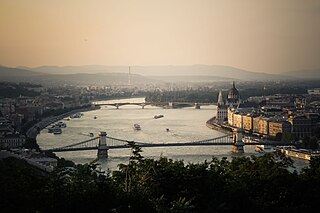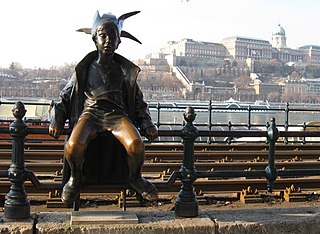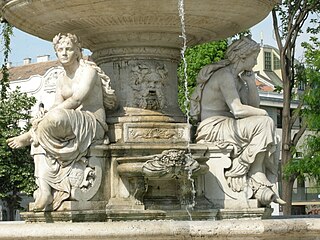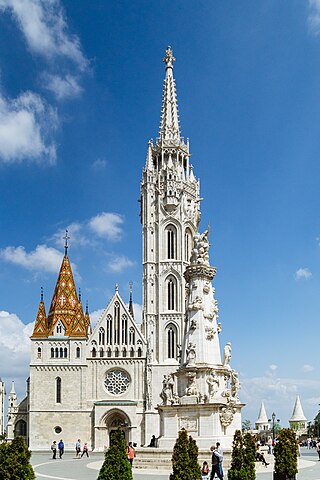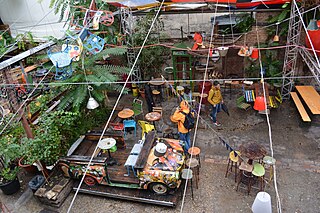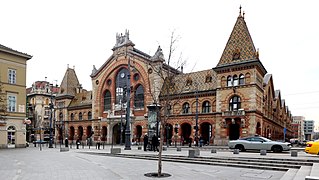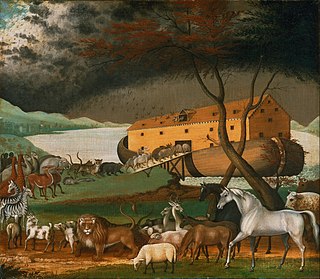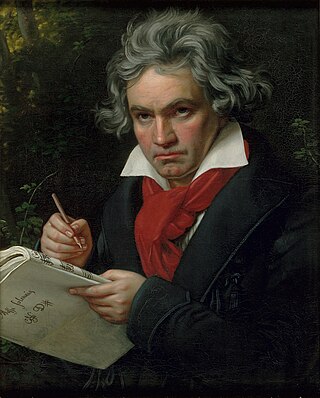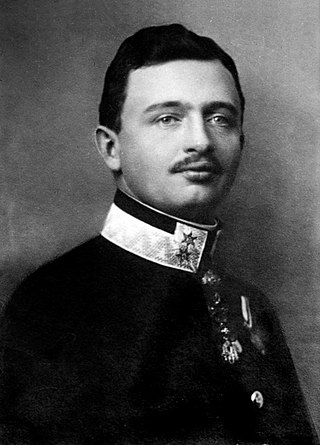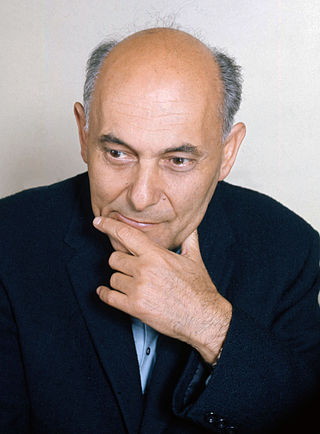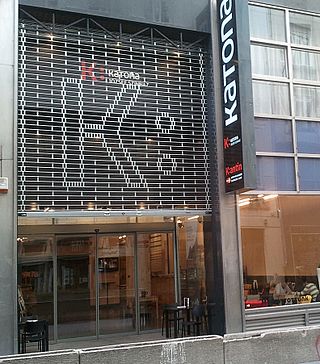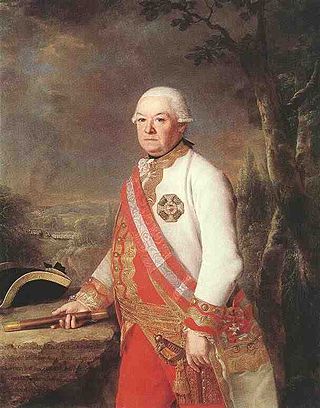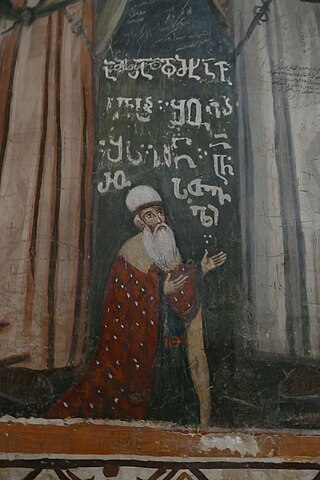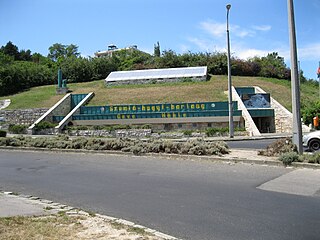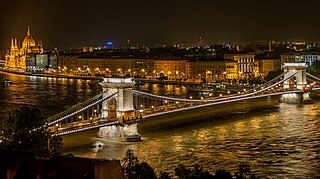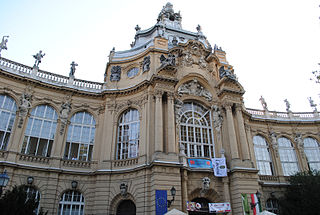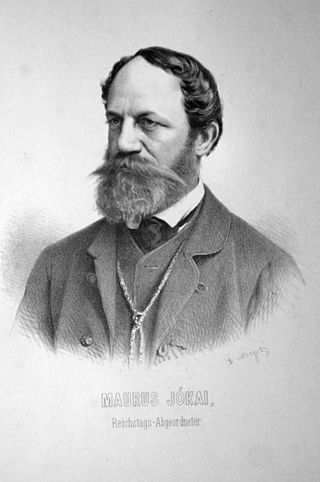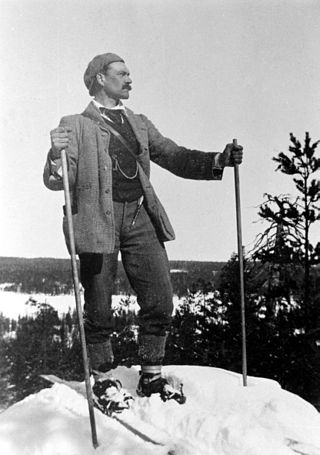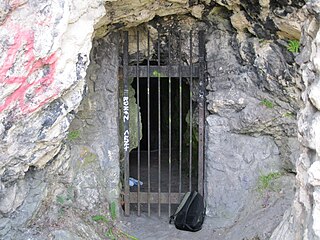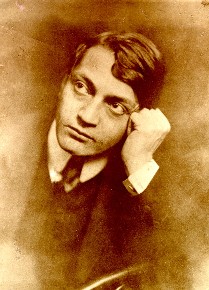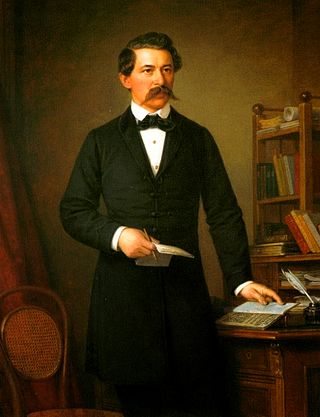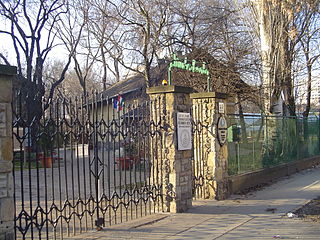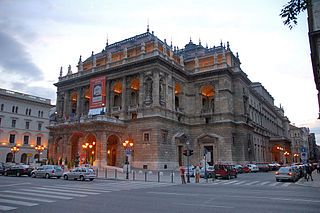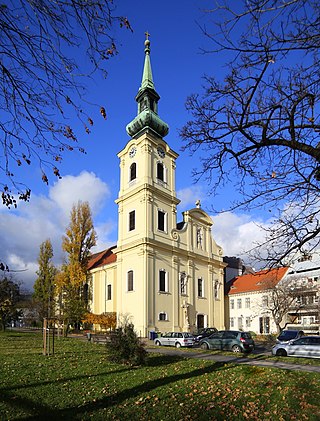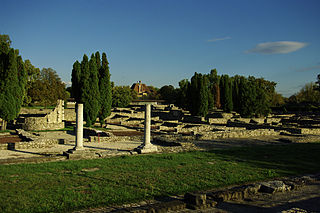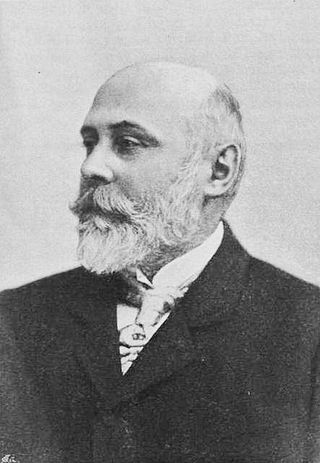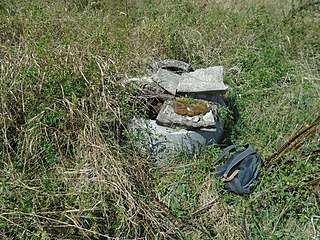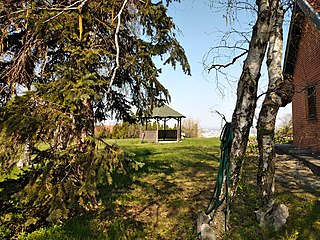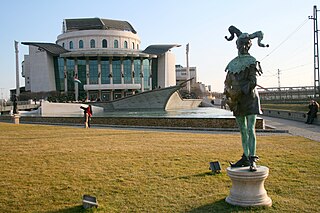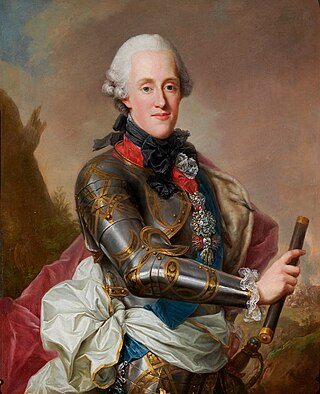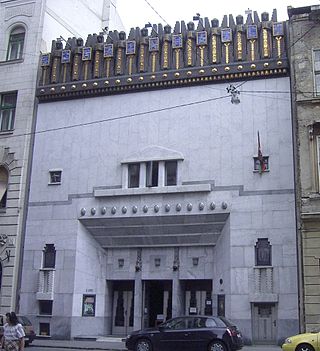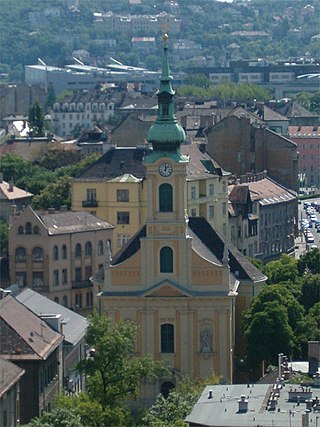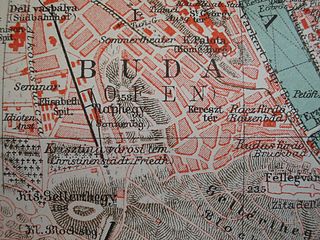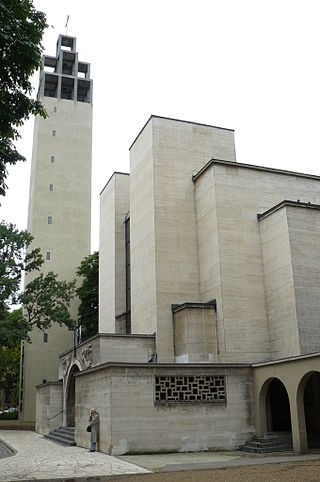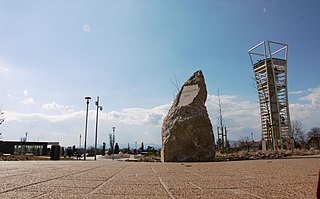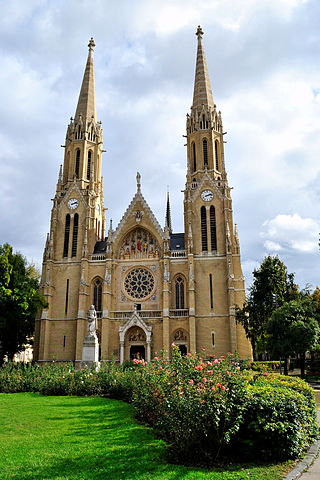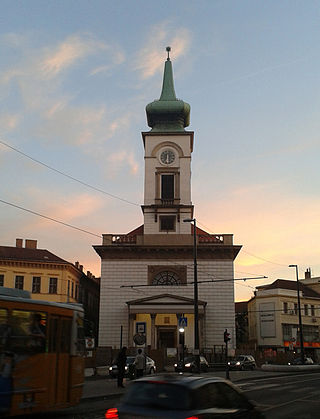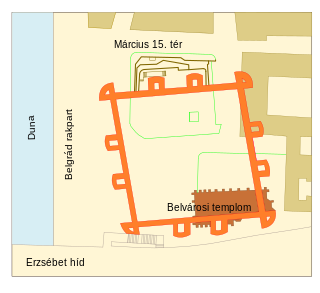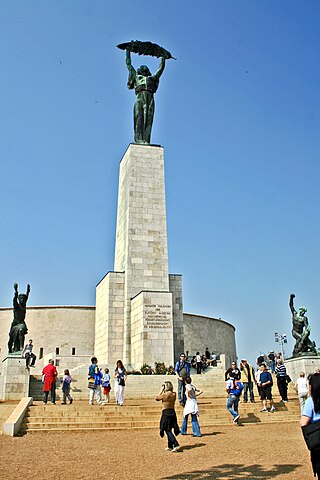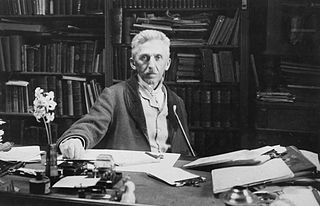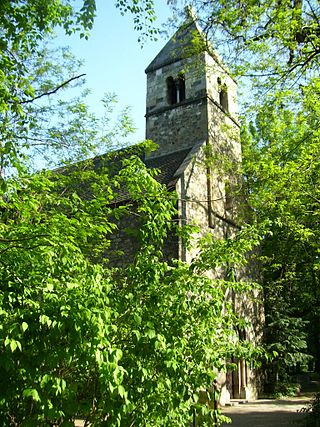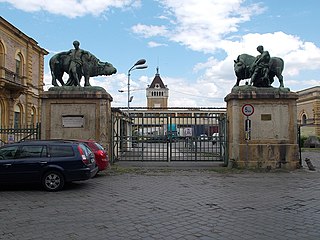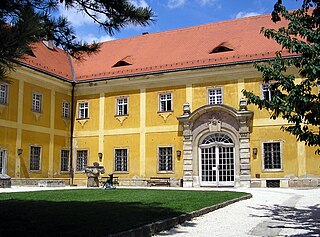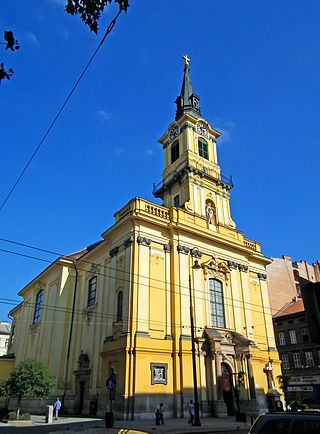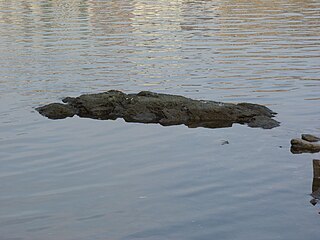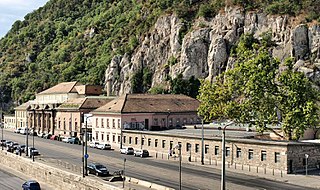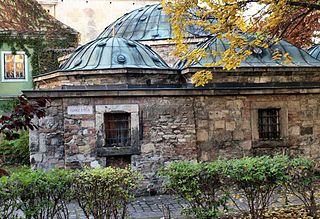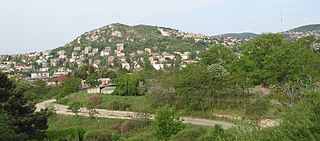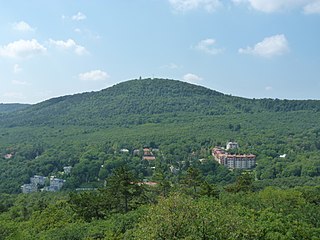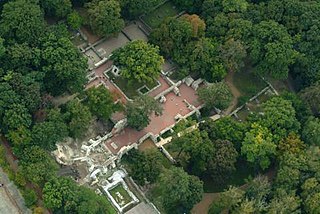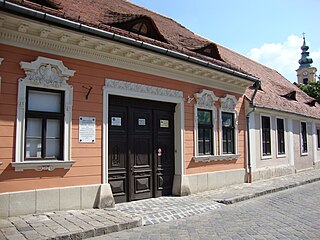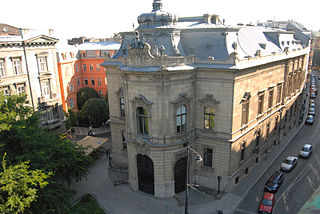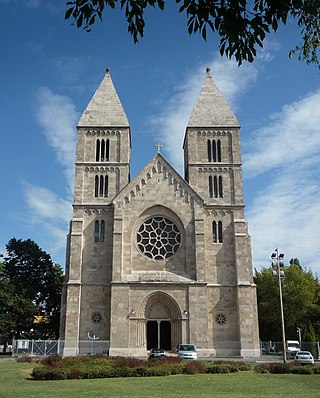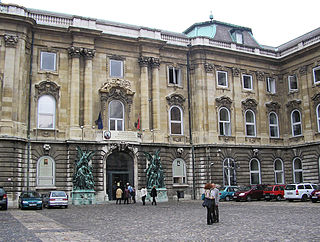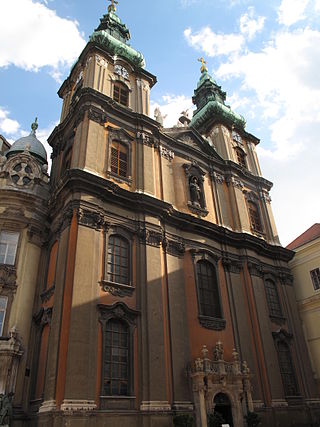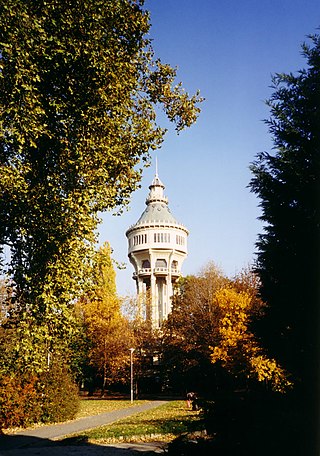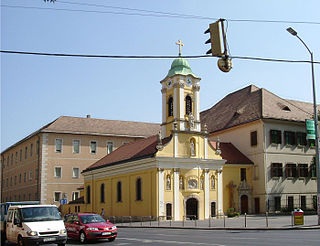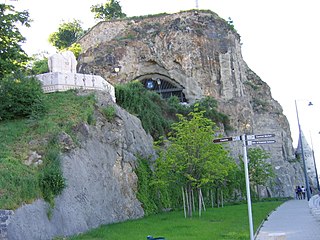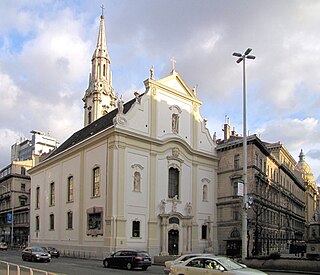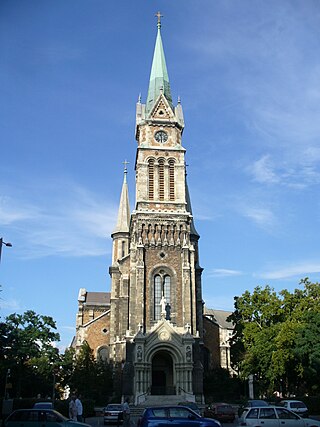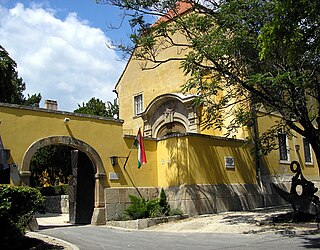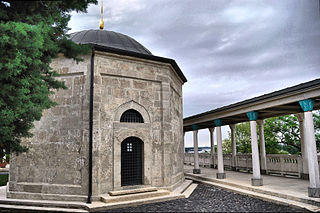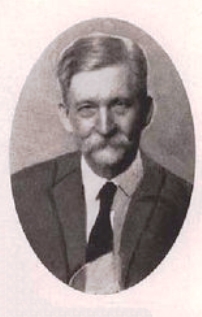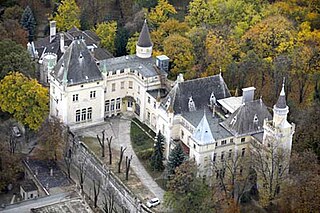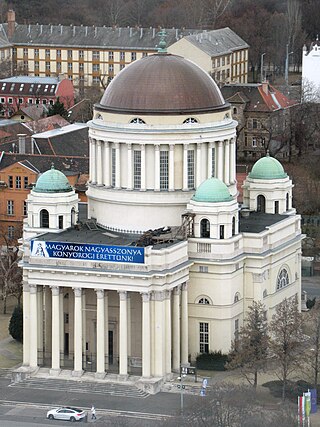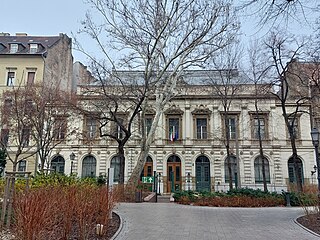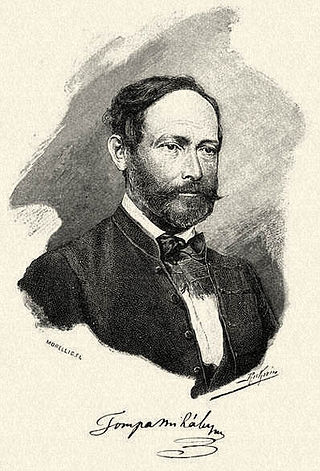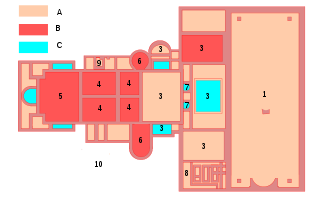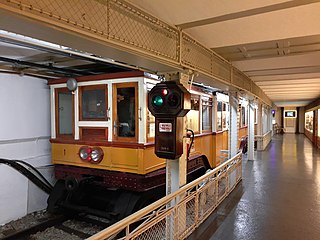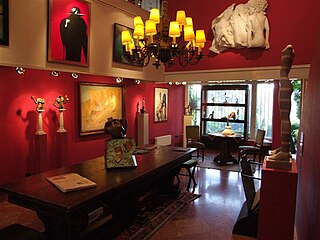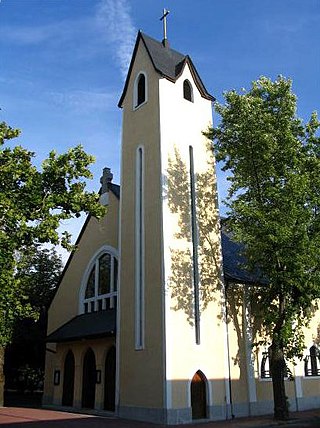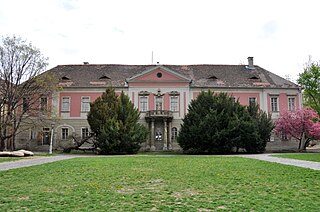100 Sights in Budapest, Hungary (with Map and Images)
Legend
Premium Sights
Book tickets, guided tours and activities in Budapest.
Guided Free Walking Tours
Book free guided walking tours in Budapest.
Welcome to your journey through the most beautiful sights in Budapest, Hungary! Whether you want to discover the city's historical treasures or experience its modern highlights, you'll find everything your heart desires here. Be inspired by our selection and plan your unforgettable adventure in Budapest. Dive into the diversity of this fascinating city and discover everything it has to offer.
Sightseeing Tours in BudapestActivities in BudapestThe House of Hungarian Music was built in Budapest's City Park, next to Lake Városliget, near the castle of Vajdahunyad, on the site of the old, demolished Hungexpo offices. In the permanent exhibitions of the institution, established as part of the Liget Budapest Project, universal and Hungarian music history also play an important role. The building was designed by Japanese star architect Sosuke Fujimoto, who intended a translucent glass structure close to nature among the trees of the grove.
Franz Liszt was a Hungarian composer, virtuoso pianist, conductor and teacher of the Romantic period. With a diverse body of work spanning more than six decades, he is considered to be one of the most prolific and influential composers of his era, and his piano works continue to be widely performed and recorded.
3. Föld
Népliget or People's Park is the biggest public park in Budapest, Hungary. It is located southeast of the city centre, and covers an area of 110 hectares. It was established to commemorate the 100th anniversary of the union of Pest, Buda and Óbuda. The park is the site of the Planetarium, which is a laser theatre, and the E-klub, the biggest night club in Budapest.
4. Citadella
The Citadella is the fortification located upon the top of Gellért Hill in Budapest, Hungary. Citadella is the Hungarian word for citadel, a kind of fortress. The word is exclusively used by other languages to refer to the Gellért Hill citadel which occupies a place which held strategic importance in Budapest's military history.
5. Dohány Street Synagogue
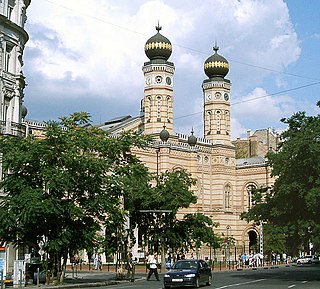
The Dohány Street Synagogue, also known as the Great Synagogue or Tabakgasse Synagogue, is a Neolog Jewish congregation and synagogue, located on Dohány Street in Erzsébetváros of Budapest, Hungary. It is the largest synagogue in Europe, seating 3,000 people, and is a centre of Neolog Judaism. The congregation worships in the Ashkenazi rite.
6. Shoes on the Danube Bank
The Shoes on the Danube Bank is a memorial erected on 16 April 2005, in Budapest, Hungary. Conceived by film director Can Togay, he created it on the east bank of the Danube River with sculptor Gyula Pauer to honour the Jews who were massacred by fascist Hungarian militia belonging to the Arrow Cross Party in Budapest during the Second World War. They were ordered to take off their shoes, and were shot at the edge of the water so that their bodies fell into the river and were carried away. The memorial represents their shoes left behind on the bank.
7. Vajdahunyad Castle
Vajdahunyad Castle is a castle in the City Park of Budapest, Hungary. It is a copy of Hunyad Castle, known as Corvin Castle, in Hunedoara, Romania. It was built in 1896 as part of the Millennial Exhibition which celebrated the 1,000 years of Hungary since the Hungarian Conquest of the Carpathian Basin in 895. The castle was designed by Ignác Alpár to feature copies of several landmark buildings from different parts of the Kingdom of Hungary, especially the Hunyad Castle in Transylvania. As the castle contains parts of buildings from various time periods, it displays different architectural styles: Romanesque, Gothic, Renaissance, and Baroque. Originally, it was made from cardboard and wood, but it became so popular that it was rebuilt from stone and brick between 1904 and 1908. Today, it houses the Museum of Hungarian Agriculture, the biggest agricultural museum in Europe.
8. Gellért Hill
Gellért Hill is a 235 m (771 ft) high hill overlooking the Danube in Budapest, Hungary. It is located in the 1st and the 11th districts. The hill was named after Saint Gerard who was thrown to death from the hill. The famous Hotel Gellért and the Gellért Baths can be found in Gellért Square at the foot of the hill, next to Liberty Bridge. The Gellért Hill Cave is also located on the hill, facing the hotel and the Danube.
9. Little Princess
The original 50 cm statuette of the Little Princess (Kiskirálylány) Statue sitting on the railings of the Danube promenade in Budapest, Hungary was created by László Marton (1925–2008) Munkácsy- and Kossuth Prize-winning sculptor in 1972.
10. Erzsébet Square
In the V. district of Erzsébet Square Budapest. It is bordered by Vienna Street, József Attila Street, Bajcsy-Zsilinszky Street and Thirty ad Street. This is the largest green space in downtown Pest.
11. Matthias Church
The Church of the Assumption of the Buda Castle, more commonly known as the Matthias Church and more rarely as the Coronation Church of Buda, is a Catholic church in Holy Trinity Square, Budapest, Hungary, in front of the Fisherman's Bastion at the heart of Buda's Castle District.
12. Hungarian National Gallery
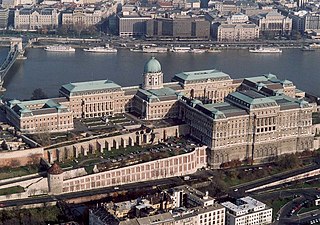
The Hungarian National Gallery, was established in 1957 as the national art museum. It is located in Buda Castle in Budapest, Hungary. Its collections cover Hungarian art in all genres, including the works of many nineteenth- and twentieth-century Hungarian artists who worked in Paris and other locations in the West. The primary museum for international art in Budapest is the Museum of Fine Arts.
Wikipedia: Hungarian National Gallery (EN), Website, Facebook
13. Szimpla Kert
Szimpla Kert is a ruin bar or romkocsma, which means "Simple Garden" in Hungarian, located in the Jewish Quarter of the 7th district of Budapest, Hungary. It is considered the pioneer of ruin bars. The pub started as a place for people to find a cheap drink in a relaxed environment, but has grown to become a tourist attraction and community center. Movie showings, live music performances, an art gallery, the Kazinczy Living Library, the Szimpla Farmers' Market, and the Szimpla Bringa bicycle flea market are just a few of the community activities that are held at the bar.
14. Great Market Hall
The Great Market Hall or Central Market Hall, Market Hall I is the largest and oldest indoor market in Budapest, Hungary. The idea of building such a large market hall arose from the first mayor of Budapest, Károly Kamermayer, and it was his largest investment. He retired in 1896 and participated in the opening ceremony on February 15, 1897.
15. Noah's Ark
Noah's Ark is the boat in the Genesis flood narrative through which God spares Noah, his family, and examples of all the world's animals from a global deluge. The story in Genesis is based on earlier flood myths originating in Mesopotamia, and is repeated, with variations, in the Quran, where the Ark appears as Safinat Nūḥ and al-fulk. The myth of the global flood that destroys all life begins to appear in the Old Babylonian Empire period. The version closest to the biblical story of Noah, as well as its most likely source, is that of Utnapishtim in the Epic of Gilgamesh.
Wikipedia: Noah's Ark (EN), Url Kozterkep, Facebook, Website
16. Beethoven
Ludwig van Beethoven was a German composer and pianist. He is one of the most revered figures in the history of Western music; his works rank among the most performed of the classical music repertoire and span the transition from the Classical period to the Romantic era in classical music. His early period, during which he forged his craft, is typically considered to have lasted until 1802. From 1802 to around 1812, his middle period showed an individual development from the styles of Joseph Haydn and Wolfgang Amadeus Mozart, and is sometimes characterized as heroic. During this time, Beethoven began to grow increasingly deaf. In his late period, from 1812 to 1827, he extended his innovations in musical form and expression.
17. Rubik's Cube

The Rubik's Cube is a 3D combination puzzle invented in 1974 by Hungarian sculptor and professor of architecture Ernő Rubik. Originally called the Magic Cube, the puzzle was licensed by Rubik to be sold by Pentangle Puzzles in the UK in 1978, and then by Ideal Toy Corp in 1980 via businessman Tibor Laczi and Seven Towns founder Tom Kremer. The cube was released internationally in 1980 and became one of the most recognized icons in popular culture. It won the 1980 German Game of the Year special award for Best Puzzle. As of January 2024, around 500 million cubes had been sold worldwide, making it the world's bestselling puzzle game and bestselling toy. The Rubik's Cube was inducted into the US National Toy Hall of Fame in 2014.
Wikipedia: Rubik's Cube (EN), Url Kozterkep, Facebook, Website
18. Kermit the Frog
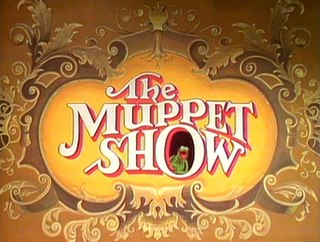
The Muppet Show is a variety sketch comedy television series created by Jim Henson and starring the Muppets. It is presented as a variety show, featuring recurring sketches and musical numbers interspersed with ongoing plot-lines with running gags taking place backstage and in other areas of the venue.
Wikipedia: The Muppet Show (EN), Url Kozterkep, Facebook, Website
19. IV. Károly király
Charles I was Emperor of Austria, King of Hungary, and the ruler of the other states of the Habsburg monarchy from November 1916 until the monarchy was abolished in April 1919. He was the last of the monarchs belonging to the House of Habsburg-Lorraine to rule over Austria-Hungary. The son of Archduke Otto of Austria and Princess Maria Josepha of Saxony, Charles became heir presumptive of Emperor Franz Joseph when his uncle Archduke Franz Ferdinand of Austria was assassinated in 1914. In 1911, he married Princess Zita of Bourbon-Parma. He is venerated in the Catholic Church, was beatified by Pope John Paul II on 3 October 2004, and is known to the Catholic Church as Blessed Karl of Austria.
20. D-odú
The common starling, also known as the European starling in North America and simply as the starling in Great Britain and Ireland, is a medium-sized passerine bird in the starling family, Sturnidae. It is about 20 cm (8 in) long and has glossy black plumage with a metallic sheen, which is speckled with white at some times of the year. The legs are pink and the bill is black in winter and yellow in summer; young birds have browner plumage than the adults. It is a noisy bird, especially in communal roosts and other gregarious situations, with an unmusical but varied song. Its gift for mimicry has been noted in literature including the Mabinogion and the works of Pliny the Elder and William Shakespeare.
21. Solti György
Sir Georg Solti was a Hungarian-British orchestral and operatic conductor, known for his appearances with opera companies in Munich, Frankfurt, and London, and as a long-serving music director of the Chicago Symphony Orchestra. Born in Budapest, he studied there with Béla Bartók, Leó Weiner, and Ernő Dohnányi. In the 1930s, he was a répétiteur at the Hungarian State Opera and worked at the Salzburg Festival for Arturo Toscanini. His career was interrupted by the rise of the Nazis' influence on Hungarian politics, and being Jewish, he fled the increasingly harsh Hungarian anti-Jewish laws in 1938. After conducting a season of Russian ballet in London at the Royal Opera House, he found refuge in Switzerland, where he remained during the Second World War. Prohibited from conducting there, he earned a living as a pianist.
22. Katona József színház
The Katona József Theatre has been operating as a theatre with its own company in Petőfi Sándor Street since the autumn of 1982. In a short time, it became Budapest decisive, artistic theater. Even after three decades, he continues to entertain his audience with demanding, internationally renowned productions. The company performed abroad for the first time in 1985, and since then it has visited forty countries in five parts of the world.
23. Mindszenty József

József Mindszenty was a Hungarian cardinal of the Catholic Church who served as Archbishop of Esztergom and leader of the Catholic Church in Hungary from 1945 to 1973. According to the Encyclopædia Britannica, for five decades "he personified uncompromising opposition to fascism and communism in Hungary".
24. Károlyi kert
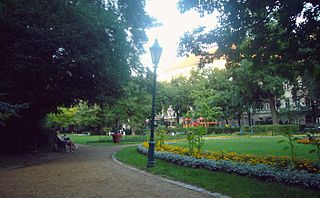
The Károlyi Garden public park in Budapest V. district. It is the oldest preserved garden in this function of the city centre and the best documented among the few palace gardens in Hungary. The garden is bordered by Ferenczy István Street to the north, Magyar Street to the east, Henszlmann Imre Street to the south and Károlyi Palace to the west. Its area has remained unchanged since the end of the 17th century at 7625 m².
25. Monument of András Hadik von Fudak
Count András Hadik de Futak was a Hungarian nobleman and Field Marshal of the Imperial Army. He was Governor of Galicia and Lodomeria from January 1774 to June 1774, and is the father of Karl Joseph Hadik von Futak. He is famous for capturing the Prussian capital Berlin during the Seven Years' War.
26. Sota Rusztaveli
Shota Rustaveli, mononymously known simply as Rustaveli, was a medieval Georgian poet. He is considered to be the pre-eminent poet of the Georgian Golden Age and one of the greatest contributors to Georgian literature. Rustaveli was the author of The Knight in the Panther's Skin, a Georgian national epic poem.
27. Szemlő-hegyi-barlang
The Szemlő-hegyi Cave is one of Budapest caves built for tourist purposes. The specially protected cave is part of the Danube-Ipoly National Park Directorate. The surface protection zone of the cave is a nature reserve of national importance protected by individual legislation under the name of Szemlő-hegyi Cave Surface Protection Area.
28. Széchenyi Chain Bridge
The Széchenyi Chain Bridge is a chain bridge that spans the River Danube between Buda and Pest, the western and eastern sides of Budapest, the capital of Hungary. Designed by English engineer William Tierney Clark and built by Scottish engineer Adam Clark, it was the first permanent bridge across the Danube in Hungary. It was opened in 1849. It is anchored on the Pest side of the river to Széchenyi Square, adjacent to the Gresham Palace and the Hungarian Academy of Sciences, and on the Buda side to Adam Clark Square, near the Zero Kilometre Stone and the lower end of the Castle Hill Funicular, leading to Buda Castle.
29. Museum of Hungarian Agriculture
The Hungarian Museum of Agriculture, from its foundation to 1950, is one of the most significant museums in Budapest, the national professional museum, the capital of the capital. District, City Park, with hundreds of thousands of visitors a year. According to some sources, Europe is the largest collection of agriculture in agriculture and is probably the world's first agricultural museum. For years, the museum presents a permanent and annual multi-period exhibitions of its 39 specialty collections in 2016, estimated to be more than 400,000. It is rightly considered "the richest public collection of the Hungarian countryside". He organizes programs, participates in Museum Night and Researchers' Night, and has been publishing a serious book publishing for decades, and in addition to unique works, he also publishes a number of agricultural history books. Research services for those who want to know deeperly on objects and documents. It is present in different parts of the electronic world, maintaining contact with other museums, maintaining rural exhibitions, and its library is about 250,000 volumes and 180,000 magazines the most serious collection of agricultural history books in Hungary.
Wikipedia: Magyar Mezőgazdasági Múzeum (HU), Website, Facebook
30. Jókai Mór
Móricz Jókay of Ásva, known as Mór Jókai, was a Hungarian novelist, dramatist and revolutionary. Outside of Hungary, he was also known as Maurice Jókai or Maurus Jokai or Mauritius Jókai. He was a leader of the outbreak of the Hungarian Revolution of 1848 in Pest. His romantic novels became widely popular among the elite of Victorian England, where he was often compared to Charles Dickens by the press. One of his most famous admirers was Queen Victoria herself.
31. Akseli Gallen-Kallela
Akseli Gallen-Kallela was a Finnish painter who is best known for his illustrations of the Kalevala, the Finnish national epic. His work is considered a very important aspect of the Finnish national identity. He finnicized his name from Gallén to Gallen-Kallela in 1907.
32. Tábor-hegy Cave
The Tabor Mountain Cave is the second longest cave formed in the dolomite of the Buda Hills. It was the longest until 2011, until the King's Cave was found. Hungary is among its specially protected caves. It is an archaeologically significant cave.
Wikipedia: Tábor-hegyi-barlang (HU), Website, Url Geocaching, Url Tuhu
33. Ady Endre
Endre Ady was a turn-of-the-century Hungarian poet and journalist. Regarded by many as the greatest Hungarian poet of the 20th century, he was noted for his steadfast belief in social progress and development and for his poetry's exploration of fundamental questions of the modern European experience: love, temporality, faith, individuality, and patriotism.
34. Kőrösi Csoma Sándor
Sándor Csoma de Kőrös was a Hungarian philologist and Orientalist, author of the first Tibetan–English dictionary and grammar book. He was called Phyi-glin-gi-grwa-pa in Tibetan, meaning "the foreign pupil", and was declared a bosatsu or bodhisattva by the Japanese in 1933. He was born in Kőrös, Grand Principality of Transylvania. His birth date is often given as 4 April, although this is actually his baptism day and the year of his birth is debated by some authors who put it at 1787 or 1788 rather than 1784. The Magyar ethnic group, the Székelys, to which he belonged believed that they were derived from a branch of Attila's Huns who had settled in Transylvania in the fifth century. Hoping to study the claim and to find the place of origin of the Székelys and the Magyars by studying language kinship, he set off to Asia in 1820 and spent his lifetime studying the Tibetan language and Buddhist philosophy. Csoma de Kőrös is considered as the founder of Tibetology. He was said to have been able to read in seventeen languages. He died in Darjeeling while attempting to make a trip to Lhasa in 1842 and a memorial was erected in his honour by the Asiatic Society of Bengal.
35. Arany János
János Arany was a Hungarian poet, writer, translator and journalist. He is often said to be the "Shakespeare of ballads" – he wrote more than 102 ballads that have been translated into over 50 languages, as well as the Toldi trilogy.
36. ELTE Fűvészkert
The Botanical Garden in Budapest is Hungary first botanical garden, which has been operating since 2006 as a special educational unit of Eötvös Loránd University in district VIII of Budapest, at 25 Illés Street in Józsefváros. The botanical garden, founded in 1771 in Nagyszombat to help the training of medical science and medical students, has been located in its current location since 1847, after several moves. The fact that in Ferenc Molnár's well-known novel, The Boys of Pál Street, the old palm house of the botanical garden provided a hiding place for Ernő Nemecsek and his friends significantly contributed to his notoriety. The name "Botanical Garden", which has been an official name since 2008, has been preserved and spread in the public consciousness thanks to this novel.
37. Hungarian State Opera House
The Hungarian State Opera House is a historic opera house located in central Budapest, on Andrássy avenue. Originally known as the Hungarian Royal Opera House, it was designed by Miklós Ybl, a major figure of 19th-century Hungarian architecture. Construction began in 1875, funded by the city of Budapest and by Emperor Franz Joseph I of Austria-Hungary, and the new house opened to the public on the 27 September 1884. Before the closure of the "Népszínház" in Budapest, it was the third largest opera building in the city; today it is the second largest opera house in Budapest and in Hungary.
38. János-hegyi-átjáró
The János Hegyi Passage is a passage cave formed in dolomite, which is located in the Buda Landscape Protection Area in the Danube-Ipoly National Park, on the side of János Hill, in the XII. district of Budapest. It is also described in tourist guides.
39. Tabáni Alexandriai Szent Katalin plébániatemplom
The St. Catherine of Alexandria Church is a Roman Catholic church in the Tabán quarter of Budapest, Hungary. It is the parish church of the Tabán Parish which also comprises parts of Gellért Hill and Naphegy. The church is a listed monument that was built in Central European Baroque style between 1728 and 1777. It was reconstructed several times in the 19th–20th centuries.
Wikipedia: St. Catherine of Alexandria Church, Budapest (EN), Url Kozterkep, Url Miserend
40. AQUINCUM CASTRUM
Aquincum was an ancient city, situated on the northeastern borders of the province of Pannonia within the Roman Empire. The ruins of the city can be found today in Budapest, the capital city of Hungary. It is believed that Marcus Aurelius wrote at least part of his book Meditations at Aquincum.
41. Lechner Ödön
Ödön Lechner was a Hungarian architect, one of the prime representatives of the Hungarian Szecesszió style, which was related to Art Nouveau in the rest of Europe, including the Vienna Secession. He is famous for decorating his buildings with Zsolnay tile patterns inspired by old Magyar and Turkic folk art, which are combined with modern materials such as iron.
42. Róka-hegyi-barlang
It is one of the Hungary specially protected caves of Fox Mountain Cave. It is located in the Pilis Mountains in the Danube-Ipoly National Park. It became famous primarily for its minerals. The cave entrance is currently buried.
43. József-hegyi-barlang
It is one of the Hungary specially protected caves of the József Mountain Cave. It is located in the Buda Hills in the Danube-Ipoly National Park, in the II. district of Budapest. Hungary 10th longest cave. This cave has the largest rooms among the caves of Buda.
44. National Theatre
The National Theatre, located in Budapest originally opened in 1837. Since then, it has occupied several locations, including the original building at Kerepesi Street, the People's Theatre at Blaha Lujza Square, as well as Hevesi Sándor Square, its longest temporary location. It currently occupies the National Theatre building, which opened March 15, 2002.
45. Albert Kázmér Ágost
Prince Albert Casimir of Saxony, Duke of Teschen was a Saxon prince from the House of Wettin who married into the Habsburg imperial family. He was noted as an art collector and founded the Albertina in Vienna, one of the largest and finest collections of old master prints and drawings in the world.
46. Újszínház
The New Theatre, named New Theatre since 2012, is one of the Budapest theatres of the New Theatre, located on Paulay Ede Street. From 1961 it operated as a children's and youth theatre, then in 1994 it was renewed both in profile and name under the leadership of Gábor Székely. Stone theatre maintained by the capital.
47. Krisztinavárosi Havas Boldogasszony plébániatemplom
The Parish Church of Our Lady of the Snows in Krisztinaváros is a Roman Catholic church in Budapest I. district, on Krisztina Square. It is protected as a monument. Local names are Krisztina Square Church, Krisztina Church or Lower Krisztina.
Wikipedia: Krisztinavárosi Havas Boldogasszony-plébániatemplom (HU), Url Miserend
48. Relief of a Stag
The Tabán usually refers to an area within the 1st district of Budapest, the capital of Hungary. It lies on the Buda side of the Danube, to the south of György Dózsa Square, on the northern side of Elisabeth Bridge and to the east of Naphegy. Several other Hungarian cities and towns also have districts called Tabán.
49. Városmajori Jézus Szíve plébániatemplom
The Parish Church of the Heart of Jesus in Városmajor is a multi-element building complex in the XII. district of the capital, on the eastern edge of Városmajor, Csaba Street. It consists of the bell tower, the large church and the small church – built in 1923 – functioning as a community centre, which are connected by a series of semicircular reinforced concrete structures. The building complex, built in several phases – together with other works of art associated with the architectural elements – is an outstanding work of 20th-century Hungarian church art, and has rightly been declared a monument. The church of Városmajor is usually understood as the Great Church, and this article deals primarily with this.
Wikipedia: Városmajori Jézus Szíve-plébániatemplom (HU), Website, Url, Url Miserend, Url Muemlekem, Url Architect
50. Reformátorok tere
Reformers' Square is a 12,000 square meter memorial and leisure park built for the 500th anniversary of the Reformation in Budapest XVI. district, which houses the Reformation monument of sculptor Mária R. Törley, a 17-meter-high lookout tower, a café and next to it – on the site of the former municipal gravel and sand mine – a playground and community space. The eastern upper area and the sculpture composition on it were inaugurated on 29 October 2017, and the playground on 11 October 2019.
51. Árpád-házi Szent Erzsébet-templom
St. Elisabeth Parish Church of Árpád House, also known as the Parish Church of Erzsébetváros, is located in Budapest VII. district, in Erzsébetváros, near Rákóczi Road, on Rózsák Square. The building was built between 1895 and 1901 according to the neo-gothic plans of Imre Steindl, and in terms of its size it is the second largest church and one of the most significant sights of the district. It was named after Saint Elizabeth of the House of Árpád.
Wikipedia: Árpád-házi Szent Erzsébet-plébániatemplom (Erzsébetváros) (HU), Website, Url Miserend
52. Kálvin téri református templom
The Calvin Square Reformed Church in Budapest is the best-known church of the Reformed Church in Budapest. Budapest largest Reformed church. After the Lutheran church on Deák Square, it is the second largest Protestant church in the capital. In district IX, it is the second largest church after the church on Bakáts Square. The names of Calvin Square and the surrounding streets testify to the presence of the Reformed Church for nearly two centuries. The church building is now a monument.
53. Budapest Cog-wheel Railway
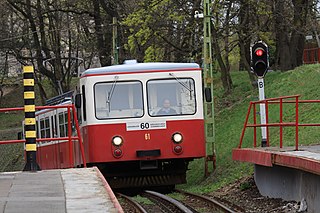
The Budapest Cog-wheel Railway is a rack railway in the Buda part of the Hungarian capital city of Budapest. It connects a lower terminus at Városmajor, two tram stops away from the Széll Kálmán tér transport interchange, with an upper terminus at Széchenyihegy. The line is integrated into the city's public transport system as tram line number 60, is 3.7 kilometres (2.3 mi) in length, and was opened in 1874.
54. Contra-Aquincum
Contra-Aquincum is a Roman fortress, an important station of the Pannonian limes. It was built at the beginning of the 2nd century and rebuilt from its foundations at the end of the 3rd century. Its significance was given by its unusually thick walls, control of the eraviscus "capital", as well as the supervision of an ancient trade crossing. The ancient name of Contra-Aquincum is probably Pession (Πέσσιον). Its remains can be found in Budapest V. district, on March 15th Square, not far from Elisabeth Bridge.
55. Liberty Statue
The Liberty Statue or Freedom Statue is a monument at the east end of the Citadella on Gellért Hill in Budapest, Hungary. It commemorates those who sacrificed their lives for the independence, freedom, and prosperity of Hungary.
56. Gárdonyi Géza
Géza Gárdonyi, born Géza Ziegler was a Hungarian writer and journalist. Although he wrote a range of works, he had his greatest success as a historical novelist, particularly with Eclipse of the Crescent Moon and Slave of the Huns.
57. Rumbach utcai zsinagóga
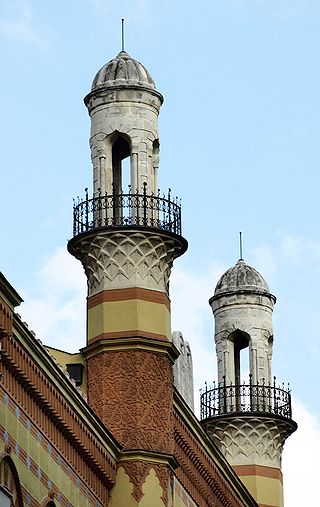
The Rumbach Street Synagogue, also called the Status Quo Ante Synagogue, is a Neológ congregation and synagogue, located in Belváros, the inner city of the historical old town of Pest, in the eastern section of Budapest, Hungary. Since 2021, the building has also been used as a concert hall and Jewish museum.
58. Premonstratensian Church St.Michael
The Premonstratensian convent on Margaret Island is a monastery founded in the 13th century on Margaret Island in Budapest. The chapel that stands on its site today, rebuilt in the first third of the 20th century, is one of the island's most significant works of art, which is Budapest oldest Romanesque monument that can be seen in its original form.
Wikipedia: Premontrei konvent (Margit-sziget) (HU), Url Miserend
59. Deák téri evangélikus templom
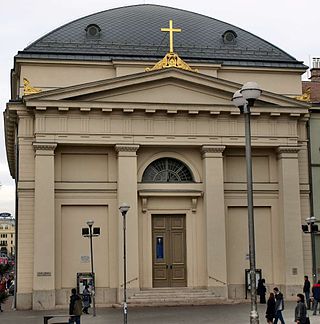
The Lutheran Church on Deák Square is Budapest oldest and best-known Lutheran church, a classicist-style hall church without a tower on Deák Ferenc Square in Budapest. The largest Protestant church in Budapest. Many other Lutheran institutions operate in the block formed together with the adjoining buildings, which is why the area is often called Insula Lutherana.
60. A volt Közvágóhíd víztornya
The commonly known as Public Slaughterhouse, full name Budapest Beef Slaughterhouse and Meat Processing Company is a long-standing, now defunct food industry facility in Budapest, located on a large plot bordered by Soroksári út – Vágóhíd street – Mester street – Máriássy street.
61. Szent Vér kápolna
The building complex and the ancient park belonging to it are located in the Budapest III. district of Kiscell Castle and Park Forest, between the districts of Óbuda and Remethegy, behind Szent Margaret Hospital and Óbuda University. The church and Trinitarian monastery, built in the 18th century in Baroque style, were used by the army in the 19th century. In 1910, furniture manufacturer Miksa Schmidt bought the building complex and had it converted into a castle (Schmidt Castle). Nowadays the Budapest History Museum – Kiscell Museum houses exhibitions on urban history and fine art. A hiking trail leads through the forest park, where you can find the Calvary and Golgotha statue group of Kiscell, as well as the Chapel of the Holy Blood.
Wikipedia: Kiscelli kastély és parkerdő (HU), Url Kozterkep, Url, Url Miserend
62. Karinthy Színház
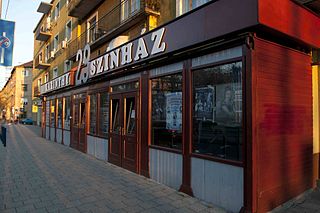
Karinthy Theatre was founded in 1982 as a small theatre cooperative under the name Hököm Stage. Its pioneering activity, as the only continuously playing, independent theatre in Buda with a permanent venue, is also an example of theatrical restructuring, which, becoming a theatre workshop carrying a special spirit, enjoys the support of both the profession, critics and the audience. The formation was made possible by the courage of the XI. district Council.
63. Church of Saint Theresa of Avila
The Parish Church of St. Theresa the Great of Avila, also known as the parish church of Terézváros, is located in Budapest in Terézváros, on the same plot as the Conservatory. The property is undivided and jointly owned, owned by the Archdiocese of Esztergom-Budapest on the ecclesiastical side. According to Act LIV of 1997, the church is classified as a category II monument under trunk number 15,526. It is the largest church in district VI, with a tower height of 65 meters.
Wikipedia: Ávilai Nagy Szent Teréz-plébániatemplom (HU), Url Miserend
64. Ínség-szikla
The Poverty Rock or Destitute Stone, Poverty Reef is a rock cliff in the Danube, at the foot of Gellért Hill, at 1645.4 river kilometers. The lowest point of the capital. And according to vernacular, it is "the lowest mountain peak of Hungary". The height of the cliff is 95.76 meters above sea level. It got its name because it can be seen at low water levels, which can only occur during periods of drought.
65. Rudas Baths
Rudas Bath or Rudas fürdő is a thermal bath in Budapest, Hungary which is claimed to have medicinal properties. It was founded in 1571/1572 during the time of Ottoman rule. To date, it retains many of the key elements of a Hammam, exemplified by its Ottoman dome and octagonal pool. It is located at Döbrentei tér 9 on the Buda side of Erzsébet Bridge. The bath has six therapy pools and one swimming pool where the temperature is in between 10 and 42 °C. The components of slightly radioactive thermal water includes sulfate, calcium, magnesium, bicarbonate and a significant amount of fluoride ion. A sight-seeing brochure claims the water can help to treat degenerative joint illnesses, chronic and sub-acute joint inflammations, vertebral disk problems, neuralgia and lack of calcium in the bone system.
66. Rába György
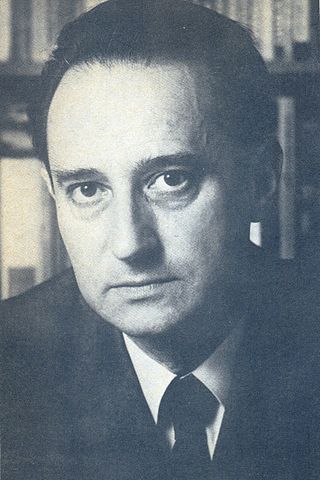
György Rába is a Kossuth and Széchenyi Prize-winning Hungarian poet, writer, translator, literary historian, educator, critic, member of the Academy of Digital Literature. Candidate of literature (1970), doctor of literary studies (1983).
67. The rabbit with checkered ears
A kockásfülű nyúl is a 26-episode Hungarian animated children's series produced from 26 August 1977 on in the studios of PannóniaFilm. Created by the acclaimed children's literature writer and graphic artist Veronika Marék and animator Zsolt Richly, its protagonist, the rabbit with checkered ears quickly became one of the most prolific mascots of Hungarian animation.
Wikipedia: A kockásfülű nyúl (EN), Url Kozterkep, Facebook, Website
68. Óbudai zsinagóga
The Óbuda Synagogue is an Orthodox Jewish congregation and synagogue, located in Óbuda, in the III district of Budapest, Hungary. The synagogue was completed in 1821 by an Orthodox congregation who worshipped in the Ashkenazi rite, founded in the 1730s. The congregation made a change to Neolog in 1831; and, since 2010, have followed the Orthodox Chabad movement, worshipping in the Ari rite.
69. Király Thermal Bath
Király Bath or Király fürdő was a thermal bath that was built in Hungary between 1566-1572, during the time of Ottoman rule. It was commissioned by Sokollu Mustafa Pasha who was the longest-serving governor general (1566-1578) of the Ottoman province of Budin and who built similar baths at Rudas, Rác and Veli bej which are also operational in Budapest. The bath and its neighborhood then became part of the consolidated city of Budapest.
70. Sas-hegy
Sashegy is a hill and neighbourhood in Budapest, Hungary. It is a green, upper middle class area in Buda with expensive family homes. Administratively Sashegy is divided between the 11th and the 12th districts of Budapest.
71. János-hegy
János Hill is the highest point of Budapest with a height of 528 m (1,732 ft), located in the western part of the city. From Elizabeth Lookout on the top of the hill one can get an impressive panoramic view of the whole region.
72. Fészek Artists’ Club
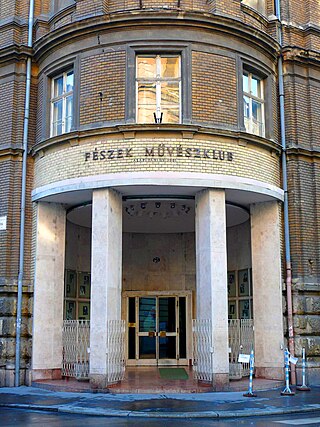
The Fészek Art Club is a club of the Budapest art world founded in 1901, today it is a non-profit, nationwide association where literary, musical, theatre, film and fine arts events are held that can be visited by anyone. For informal social life, a restaurant and a restaurant-wine bar are also at guests' disposal.
73. MÁV V43 villanymozdony
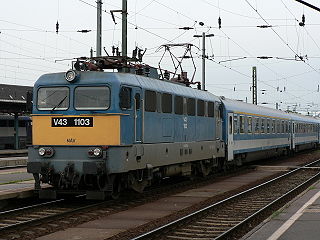
The MÁV Class V43 is a Hungarian electric locomotive with a box-like appearance. It was meant to replace the MÁV Class V40 and MÁV Class V60, as well as the widespread Class 424 steam locomotives. A total of 379 locomotives were built between 1963 and 1982.
74. Dominican convent
The Dominican nunnery on Margaret Island was founded by King Alexander IV. It was founded by Bela in honor of the Virgin Mary. The Convent of Our Lady of Rabbits Island was the most important institution, the most significant and richest monastic building on the island in the Middle Ages.
75. Hungarian Museum of Trade and Tourism
The Hungarian Museum of Trade and Catering is a national specialist museum, whose collection covers the cultural assets of domestic trade, the hospitality industry, as well as the history of tourism and tourism. From 1 July 2024, it operates as a member institution of the Hungarian National Museum Public Collection Centre.
Wikipedia: Magyar Kereskedelmi és Vendéglátóipari Múzeum (HU), Website, Facebook
76. Wenckheim-palota
The Wenckheim Palace is a listed building in Budapest VIII. district, in the inner Palace Quarter of Józsefváros, on Szabó Ervin Square. Today it is the building of the Central Library of the Metropolitan Ervin Szabó Library.
77. Szent Margit-templom
St. Margaret Church of Árpád House, commonly known as St. Margaret's Church or Lehel Square Church is located in the XIII. district of Budapest, in Újlipótváros, on St. Margaret Square, separated from Lehel Square on 29 May 2019.
Wikipedia: Árpád-házi Szent Margit-templom (HU), Url Miserend, Website
78. Budapest History Museum
The Budapest History Museum is one of Budapest most important museums, collecting documents and artifacts from the history of the capital. It is a municipal institution, but according to its official classification it is a national museum. Its headquarters are located in Budapest at I., Szent György tér 2.
Wikipedia: Budapesti Történeti Múzeum (HU), Website, Facebook
79. Egyetemi Kisboldogasszony-templom
The Church of Our Lady of the Assumption, commonly referred to as the university church, is a Roman Catholic church in downtown Budapest. Since 1786 the church has belonged to the former Faculty of Theology of the University of Pest, then to the Pázmány Péter Catholic University, which became independent from it; Before that, it was the central church of the Paulists. The Central Seminary operates in the block adjacent to the church, so the liturgical services of the church are performed by the seminarians and superiors of the institute. The church has two towers and towers are 56 meters high each.
Wikipedia: Kisboldogasszony-templom (Budapest V. kerület) (HU), Url Miserend
80. TIT Budapesti Planetárium
The KIC Budapest Planetarium is a planetarium in Népliget, operated by the Society for the Dissemination of Scientific Information (KIC). The purpose of the planetarium was to disseminate scientific information and create a bridge between astronomy and the general public. Until 2010, the Laser Theatre, known for its laser show performances, operated in the building of the Planetarium.
81. Margaret Island Water Tower
The Margaret Island Water Tower stands in the central part of Margaret Island in Budapest, next to the Margaret Island Open-Air Stage. Inside the monumental water tower, renovated in 2013, visual art exhibitions are located. The surroundings of the Margaret Island water tower are not developed. Walking up the Art Nouveau circular staircase, arriving at the eight-balcony observation hall, visitors can enjoy the panoramic view of Buda and Pest, as well as the bridges spanning the Danube. The tower, splendid in its original glory, occupies a worthy place among the natural and built heritage of Margaret Island as a Budapest attraction. Together with its programs, the Open Space Theatre, which operates open-air stages on Margaret Island and Városmajor, is part of a touristically outstanding cultural attraction. The country's largest water tower, the Margaret Island Water Tower built in 1911, is a real tourist attraction, from which you can see Budapest's 360-degree panorama, the buildings and sights of the capital and the silhouette of the Buda hills offer an unparalleled experience.
Wikipedia: Margit-szigeti víztorony (HU), Website, Url, Url Gc
82. Szent Rókus-kápolna
The St. Rókus Chapel in Budapest is named after Saint Rocus, the miracle-working Franciscan monk and patron saint of those cured of plague epidemics. In its present form, it has been standing since 1765 along Kerepesi, today's Rákóczi Road, on the Józsefváros side of the road.
Wikipedia: Szent Rókus-kápolna (Budapest) (HU), Url Miserend
83. Gellért Hill Cave
The Gellért Hill Cave is part of a network of caves within Gellért Hill in Budapest, Hungary. The cave is also referred to as "Saint Ivan's Cave", regarding a hermit who lived there and is believed to have used the natural thermal water of a muddy lake next to the cave to heal the sick. It is likely that this same water fed the pools of the old Sáros fürdő, now called Gellért Baths.
84. Belvárosi Ferences templom
The St. Peter's Church of Alcantara in Budapest, often just a downtown Franciscan church, is located in downtown Pest, on Ferenciek Square. Roman Catholic, protected as a monument Franciscan church. Its patron saint is St. Peter of Alcantara. Parish church, next to it stands a Franciscan monastery.
Wikipedia: Alcantarai Szent Péter-templom (Budapest) (HU), Url Miserend
85. Elisabeth lookout
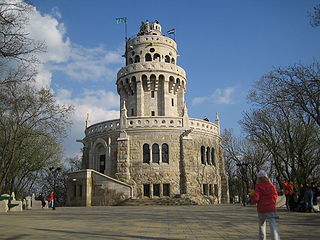
The Elizabeth Lookout is a historic lookout tower on János Hill above Budapest. Built in 1911, the tower was named after Empress Elisabeth, wife of Emperor Franz Joseph I. Frigyes Schulek was the architect. The tower is near Budapest's District XII, and may be reached from the Széll Kálmán tér of Budapest. At first, there was a low wooden platform, which was demolished. After that, Frederick Gluck had an idea, to raise a stone tower and then he started gathering investors for the project. Budapest city approved the project in 1907 and Schulek Frederick received the commission to build the tower. The construction started in 1908 and Paul Kluczinger was the construction manager. The tower was built from haraszti limestone. The lookout was named after Queen Elizabeth, who visited the mountain in 1882.
86. Assisi Szent Ferenc-templom
The Church of St. Francis of Assisi is a Roman Catholic church in the IX district of Budapest, on Bakáts Square. The largest church in the district. Its style is eclectic, it is a monumental church with three naves, transept, with a tower in front of its façade.
Wikipedia: Assisi Szent Ferenc-templom (Ferencváros) (HU), Website, Url Miserend
87. Queen Elisabeth
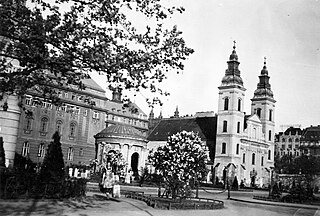
Queen Elisabeth's monument in Budapest was a memorial site in Budapest that lasted for decades, which was eventually constructed in a modified form and later demolished. The statue of the Queen was later placed in the public square again.
Wikipedia: Erzsébet királyné budapesti emlékműve (HU), Url Kozterkep
88. Kiscelli Múzeum
BTM Kiscell Museum – Budapest Gallery, abbreviated as Kiscell Museum is a cultural institution founded and maintained by the capital in Budapest III. district. The museum building houses the two member institutions of the Budapest History Museum, which are separate in terms of organization and collection, but operate side by side and exhibit.
89. Tomb of Gülbaba
Gül Baba's tomb (türbe) in Budapest, Hungary, is the northernmost Islamic pilgrimage site in the world. The mausoleum is located in the district of Rózsadomb on Mecset (mosque) Street, a short but steep walk from Margaret Bridge.
90. Ambrus Zoltán
Zoltán Ambrus was a Hungarian writer and translator. He completed gymnasium in Debrecen and Budapest and then studied law in Budapest. At the age of 18, his father died leaving him responsible for his family. He tutored and wrote theater criticism and articles for such publications as Pesti Napló, Fővárosi Lapok, and Budapesti Szemle. In 1885, he moved to Paris where he studied literature at the Collège de France and the Sorbonne. He became a contributor to A Hét upon his return to Pest and wrote a substantial quantity of short stories. In 1900, he became editor of Új Magyar Szemle, and wrote some pieces for Nyugat, as well as serving as director of the National Theater.
91. Törley-kastély
The Törley Castle is located in Budapest XXII. district (Budafok), built between 1890 and 1904 by József Törley, the famous Hungarian champagne manufacturer. The first plans were made by Lajos Rezső Ray in the 1890s, who worked as Törley's house architect at that time. After the death of his father, the building was completed by the son of Rezső Vilmos Ray Jr., who recently graduated in architecture. In the vicinity of the castle is the castle of Irén Sacelláry, wife of Törley.
92. Magyarok Nagyasszonya-templom
The parish church of Our Lady of Hungarians in the official colony is a 20th-century church built in classicist empire style, which is located in Budapest, in district VIII, on the Great Lady of Hungarians Square in the officials' colony.
Wikipedia: Magyarok Nagyasszonya-templom (Tisztviselőtelep) (HU), Url Miserend, Website
93. Olasz Kultúrintézet
The Italian Cultural Institute of Budapest is an Italian state institution located at 8 Bródy Sándor Street, District VIII. The building has a long history, from 1865 to 1902 it was the seat of the Chamber of Deputies of the National Assembly, and since 1942 it has been owned by the Italian state.
94. Tompa Mihály
Mihály Tompa, was a Hungarian lyric poet, Calvinist minister and corresponding member of the Hungarian Academy of Sciences. Together with János Arany and Sándor Petőfi they formed the triumvirate of young great poets of the Hungarian folk-national literature of the 19th century.
95. Fürdőmúzeum
The Bath Museum is one of the exhibition spaces of the Budapest History Museum in Budapest III. district, at Flórián tér 3-5, in the pedestrian underpass. The exhibition presents the remains of the public bath (therma) of the military camp belonging to Roman Aquincum.
96. Underground Railway Museum
The Underground Railway Museum, also known as the Millennium Underground Museum, is a museum located under Deák Ferenc square in the centre of the Hungarian capital city of Budapest. It is accessible from the pedestrian subway system that links the square to Deák Ferenc tér metro station and is housed in a tunnel that once carried the tracks of line M1 of the Budapest Metro.
Wikipedia: Underground Railway Museum (Budapest) (EN), Website, Facebook
97. Kelenföldi autóbuszgarázs
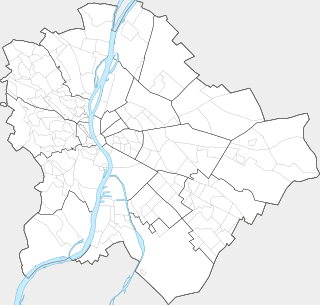
The Kelenföld bus garage or Hamzsabegi út bus garage in Budapest is one of the 5 bus garages currently operating by Budapest Transport Zrt. It is the second oldest site established specifically for this purpose.
98. Koller Galéria
The Koller Gallery is a private gallery in the Castle District of Budapest, founded in 1953. At the top floor of the three storied atelier-house, there is a memorial room for the Hungarian artist Amerigo Tot.
99. Szent József templom
St. Joseph's Parish Church, commonly known as the Józsefváros Parish Church, is the largest church in Budapest VIII. district. Its two-towered building is an outstanding monument of Hungarian classicist late Baroque architecture. Its towers are 70 meters high. [citation needed]
Wikipedia: Szent József-templom (Józsefváros) (HU), Url Miserend
100. Zichy-kastély
The Baroque-style Zichy Castle was built between 1746 and 1752 with the participation of master stonemason János Henrik Jäger and sculptor Károly Bebo. The outbuildings were also completed in the 18th century.
Share
Disclaimer Please be aware of your surroundings and do not enter private property. We are not liable for any damages that occur during the tours.
